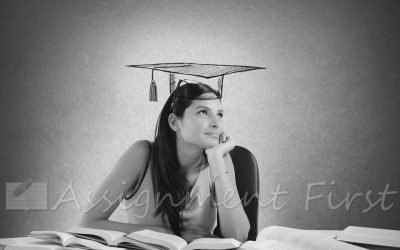ps代写:SARS疫情对旅游市场的影响
虽然其他部门表现良好,但旅游业的影响明显是SARS爆发的一个主要缺点。与2002年相比,2003年第二季度的游客数量下降了10.4%,航班也被取消。3月中旬,来往香港的航空旅客数量开始下降,而到月底,也就是世界卫生组织发出旅行警告的前几天,这一数字急剧下降(Alessandro and Lorenzo, 2014)。在3月底之后,来往香港的航班数量也有所减少,5月初达到历史最低水平。到7月底,航班数量几乎恢复到3月份的水平。
旅客及香港居民的抵港及离港旅客人数。2003年,三种旅游模式的旅客入境人数均较同年3月有所下降。最终,航空公司的乘客开始减少,下降了77%。2003年3月至4月,平均来看,来港旅游的总人数进一步下降了63% (Alessandro and Lorenzo, 2014)。通过居民旅行的情况相对较不严重,总离开人数减少了26%。6月份的游客数量开始回升,到8月份,游客数量恢复到原来的水平(Bowen, 1986)。
二零零二年,与香港入境旅游有关的旅游开支总额为774亿元,占本地生产总值的6%。旅游消费对零售价值的影响是相当大的。2001年每名游客过夜的平均花费为4588美元,2002年增加到4904美元(Alessandro and Lorenzo, 2014)。二零零三年旅客人数减少85万人次,导致本港本地旅游消费市场的开支减少43亿元,显示二零零三年三月份零售额减少20亿元。
ps代写:SARS疫情对旅游市场的影响
Even though other sectors were performing well, a major drawback of SARS outbreak was evident from the influence of tourism. During 2003, second quarter, the arrival of visitors decreased by 10.4 percent in comparison to the arrival in 2002 and airplane flights also were cancelled. The travel of air passengers from and to Hong Kong started dropping in middle March and this decreased in a sharp way by the month’s end which was various days prior to travel warning from WHO (Alessandro and Lorenzo, 2014). The airplane movements to and from Hong Kong also decreased after March end and reached all time low by early May. By July end, the flights number almost recovered to the level that was apparent in March.
The passenger arrivals and departures number through travel modes for visitors and Hong Kong resident. In 2003, visitor arrival started to drop in all the 3 travelling modes in comparison with the figures in the same year in March. Eventually, the airline passengers started decreasing and reached a decrease by 77 percent. Between March and April 2003, on an average, the total visitor number arriving in Hong Kong further decreased by 63 percent (Alessandro and Lorenzo, 2014). The deterioration in travel through the residents was comparatively lesser drastic in nature with a decrease in total departure number as well by 26 percent. Visitor arrivals in June started recovering and by August, the arrival came back to its original level (Bowen, 1986).
In the year 2002, the total tourism expenditure related to Hong Kong inbound tourism was set at 77.4 billion dollars amount to GDP’s 6 percent. The influence of tourist expenditure over the retail sales value is quite substantial. The average expenditure through every tourist overnight in 2001 was 4588 dollars and this expenditure increased in 2002 to 4904 dollars (Alessandro and Lorenzo, 2014). A decrease in 2003 of 850,000 visitors translated to a decrease in spending by 4.3 billion dollars in the market of Hong Kong’s domestic tourist consumption implying that the retail selling decreased by 2.0 billion dollars in March 2003.



